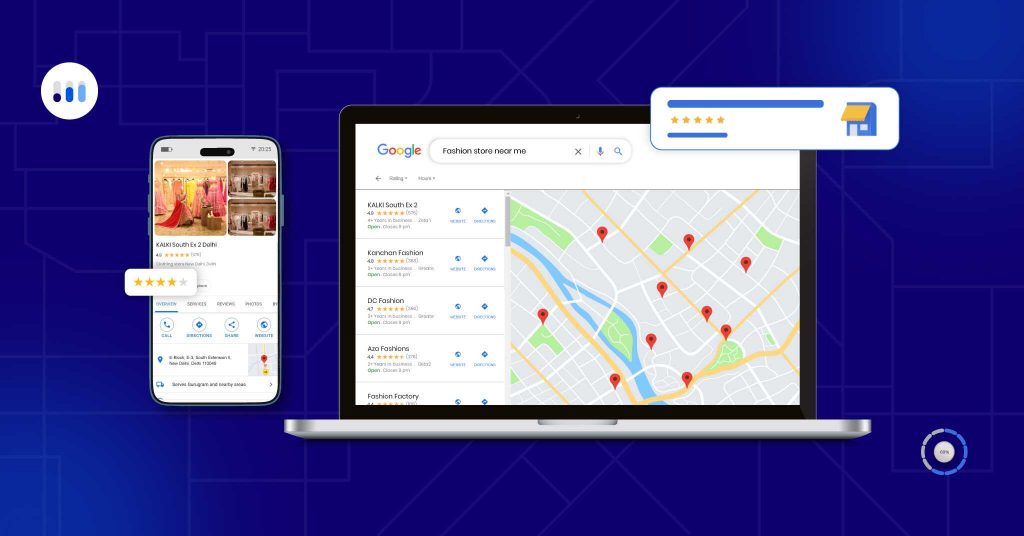Think about the last time you searched for a nearby service on Google. Chances are, you clicked on the listing that gave you everything you needed in one glance: correct opening hours, a working phone number, photos that looked real, and recent customer reviews. That is the real value of a well-optimized local business listing. Customers no longer have the patience to call around for details or visit outdated websites. They expect Google Business Profiles to provide accurate, reliable, and complete information.
This blog explores practical, detailed strategies to make sure your listing does not just appear in searches, but actually attracts and converts customers.
Google Business Profile is no longer a passive directory. It has become a dynamic space where customers form their first impression. Today, mobile-first users lead online search, and a complete and engaging listing can influence everything from casual browsing to an in-store visit.
When optimized well, a profile can:
For businesses across sectors—restaurants, healthcare, retail, or education—the listing has become as important as the front desk or store signage.

Getting your profile verified is the first step, but stopping there leaves opportunities untapped. A verified profile with incomplete details looks inactive and can even harm customer trust.
What to do:
NAP stands for Name, Address, and Phone number. Google checks whether your NAP details match across multiple local business listing sites. Inconsistent details create confusion for both customers and search engines.
How to ensure consistency:
Related Read: Maintaining Consistency Across Online Directories and Google Business Listings
Customers trust what they see. Listings with photos and videos receive more clicks and direction requests than those without.
What you should include:
Google Posts allow you to publish updates directly on your profile. They can act as bite-sized campaigns to draw attention.
How to use them effectively:
Treat posts as a way to stay in front of customers without needing them to visit your website first.
Reviews directly affect rankings and influence customer decisions. Most people will not choose a business with a poor average rating or no responses from the owner.
How to manage reviews better:
Reviews are not just about reputation; they also act as free content that boosts visibility.
Google Business Profile lets you list products, services, and attributes. This section often gets ignored, but it helps customers decide faster.
Examples:
Attributes like “wheelchair accessible” or “outdoor seating” also influence decision-making.
A Google listing alone cannot carry your visibility. It needs to be backed by broader local SEO practices.
Actions to take:
Google provides valuable analytics under the Insights section, but many businesses overlook them.
What to analyze regularly:
These insights can inform everything from staffing decisions to marketing campaigns.
If you run multiple outlets, keeping every listing updated can be a challenge. That is where a platform like SingleInterface can help. With centralized control, you can:
This not only saves time but also ensures consistency, which is crucial for both customers and Google.
Optimizing your local business listing is about more than filling in basic details. It is about actively managing every feature Google provides and keeping information consistent across the web. From detailed product menus to quick responses to reviews, each step helps you build trust and capture attention in local searches. Businesses that treat their listings as active customer engagement tools will stay ahead of those who treat them as a one-time setup.
At SingleInterface, we help brands manage their local listings at scale and improve visibility, with lucrative business outcomes. Book a demo today to learn how we can support your growth.